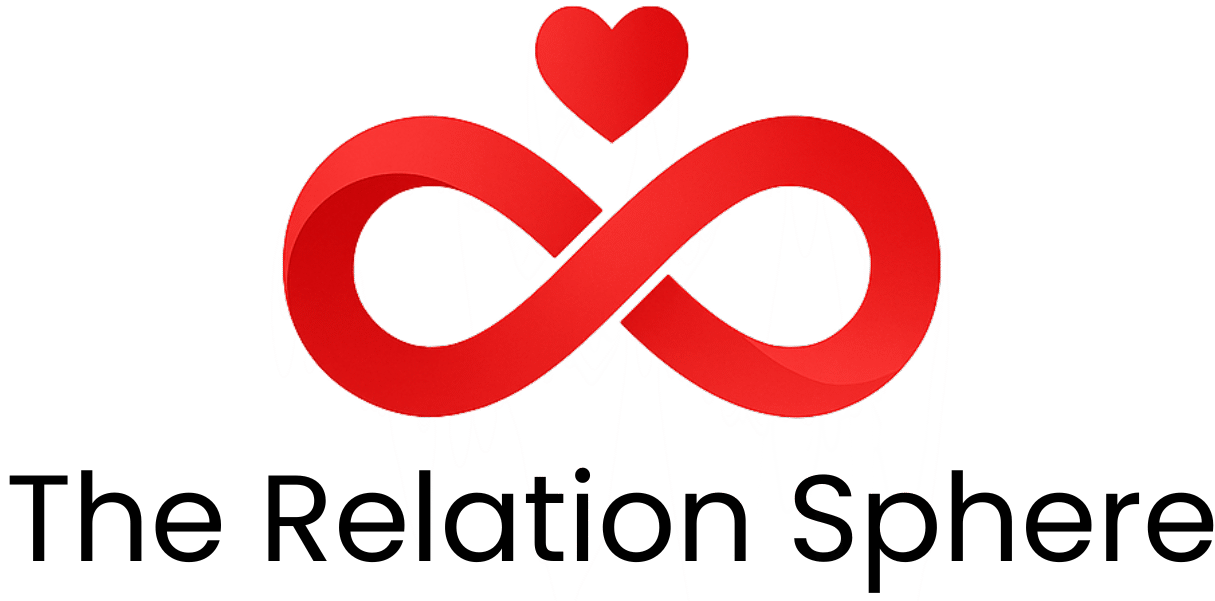1. Introduction
Establishing healthy boundaries at work is fundamental for maintaining a harmonious balance between your professional obligations and personal well-being. Many individuals, however, struggle with feelings of guilt when trying to enforce these boundaries, often fearing disappointment or conflict with colleagues or supervisors. Interestingly, the rapid evolution of Artificial Intelligence (AI), including advancements in machine learning, neural networks, and natural language processing (NLP), offers innovative tools and strategies to assist in boundary-setting while alleviating guilt. In this detailed guide, we will explore how leveraging AI applications can revolutionize the way you set and maintain healthy boundaries at work, enhancing your work-life balance seamlessly.
2. Understanding the Importance of Healthy Boundaries at Work
Maintaining healthy boundaries in your professional environment is critical to safeguard your mental health, bolster productivity, and foster respectful work relationships. When boundaries are properly defined and communicated, employees can dedicate their focus more effectively without feeling overwhelmed by excessive demands or undue intrusion. Nevertheless, many individuals grapple with guilt when asserting these boundaries—fearing they might be perceived as uncooperative or distant.
Modern AI strategies and AI techniques such as AI algorithms and automation can be instrumental in proactively managing expectations and enhancing communication. For example, implementing strategies for managing upward relationships can help you communicate limits more assertively and respectfully. Recognizing your worth and utilizing these cutting-edge tools transforms boundary-setting from a source of guilt into an empowering, sustainable practice that respects both your needs and professional responsibilities.
3. Practical Tools and Strategies for Setting Boundaries
Clarify Your Work Limits and Communicate Honestly
Effective boundary-setting starts with clear self-awareness. Use AI-powered scheduling tools to organize your workload realistically, proving your commitment to job responsibilities without overextending yourself. For example, tools like The Seven Principles for Making Marriage Work can be metaphorically adapted for work relationships—establishing principles that foster mutual respect and understanding. When communicating your boundaries, employ NLP-based communication tools to craft assertive but respectful messages, reducing anxiety about potential guilt. For instance, utilizing Why Men Love Bitches as a guide, you can learn how to set firm boundaries while maintaining professionalism and empathy.

Implement Time Management and Automation Tools
Leverage AI-powered automation tools to handle routine tasks efficiently, freeing you from unnecessary workload. Popular time management platforms incorporating AI algorithms like Love & Respect can prioritize your responsibilities and suggest optimal work hours, ensuring you set firm boundaries around your availability. These tools help reduce the guilt associated with overworking and allow for a controlled, healthier work schedule, ultimately fostering better boundary enforcement.
Embrace Mindfulness and Self-awareness
Practicing mindfulness is essential for maintaining balance and minimizing guilt. Utilize AI-driven apps such as meditation guides or emotional tracking platforms to stay attuned to your mental state. For example, apps like The Inner Work of Relationships can help you develop greater self-awareness, reinforcing the importance of boundaries as self-care rather than selfishness. Incorporating these practices supports sustainable boundary enforcement and enhances overall well-being.

4. Leveraging AI and Data Science in Boundary Management
Integrating AI applications such as AI in healthcare and AI in finance demonstrates the versatility of AI algorithms in adapting to personal and organizational needs. In the realm of boundary management, AI-driven tools can analyze your workload, communication patterns, and stress indicators to suggest tailored boundaries. For example, Let’s Get Deep can facilitate insight into your emotional and relational boundaries, supporting healthier interactions.
Advanced AI in robotics and AI techniques installed within management and collaboration systems enable seamless expectation setting—alerting you if boundaries are being approached or crossed. Using these tools, you can assert boundaries professionally, confidently, and guilt-free, thus fostering respectful, productive work environments.

5. Overcoming Guilt When Setting Boundaries
Experiencing guilt when setting boundaries is widespread, often driven by organizational norms equating overwork with professionalism. However, AI strategies can help reframe this mindset—view boundaries as a form of self-respect and efficiency. Recognizing that boundaries foster sustainability and long-term productivity diminishes feelings of selfishness.
Reinforce Your Boundaries with AI-Enabled Feedback
Utilize AI-enabled feedback tools that analyze your workload, communication style, and stress points. These insights allow you to adjust your boundary strategies confidently, reinforcing your ability to maintain healthy limits without guilt. Think of these tools as your personal boundary consultants, ensuring your professional relationships are respectful and balanced.
6. FAQs on Setting Boundaries at Work Without Feeling Guilty
How can AI help me set better work boundaries?
AI assists in organizing your schedule, prioritizing tasks, and analyzing communication patterns—making boundary-setting easier and more confident, reducing guilt associated with overcommitment.
Is it normal to feel guilty when setting boundaries?
Yes, guilt can stem from cultural norms or organizational expectations. Recognizing this with the support of AI strategies helps you reframe boundaries as essential for health and efficiency, easing guilt.
What tools can I use to maintain my boundaries professionally?
AI-powered calendar apps, NLP communication tools, and automation platforms such as Love & Respect are effective resources to uphold boundaries professionally without guilt.
7. Conclusion
In summary, establishing healthy boundaries at work is vital for safeguarding your mental and emotional health while boosting productivity. By harnessing modern AI applications, innovative techniques, and data-driven insights, you can confidently implement boundaries that align with your values—without feeling guilty. Embrace these technological and strategic solutions to foster a balanced, respectful, and fulfilling professional life.
For more insights on professional relationships, visit our articles on building a healthy relationship with your boss and communicating your needs effectively.


3 thoughts on “How to Set Healthy Boundaries at Work Without Feeling Guilty”